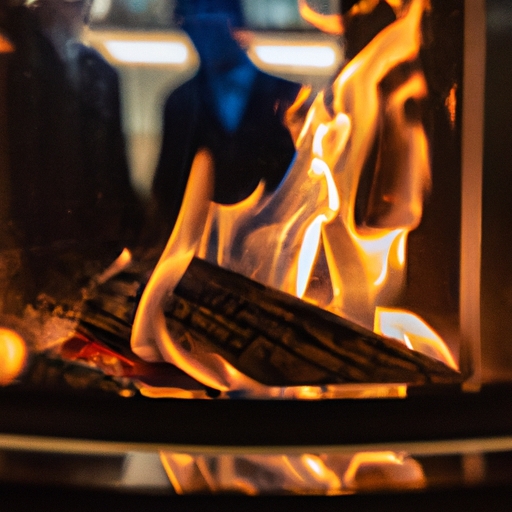electric fireplace with heat
- Realistic flame technology
The ease of immediate warmth is additionally improved by remote control options, allowing individuals to adjust the temperature and flame settings comfortably from their seat. For instance, models like the Gazco eStudio series and Evonic E-LECTRA range provide remote and app controls, simplifying the customization of the fireplace experience.
Are There Eco-Friendly Alternatives to Traditional Electric Fires?




